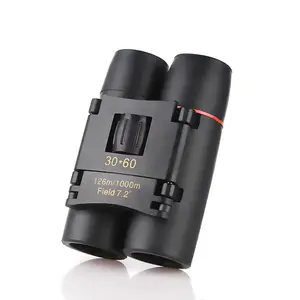Popular in your industry



























































































































































































About agar media
Exploring Agar Media: A Comprehensive Guide
Agar media, a vital component in microbiological and scientific research, serves as a nurturing ground for microorganisms. This gelatinous substance, derived from seaweed, is pivotal in the study and cultivation of bacteria, fungi, and other entities. Its versatility is showcased in various laboratory settings, from academic research to industrial microbiology.
Types and Applications of Agar Media
Diverse types of agar media such as blood agar media and eosin methylene blue are tailored to specific research needs. Blood agar media is renowned for its ability to grow a wide range of bacteria, often used in medical diagnostics. Eosin methylene blue, on the other hand, is designed for the identification of Gram-negative bacteria. The selection of agar media directly influences the accuracy and efficiency of experimental outcomes.
Features and Materials
The composition of agar media is meticulously formulated to support microbial growth. Brain heart infusion and mannitol salt are examples of enriched media that provide additional nutrients for fastidious organisms. The base material, agar-agar, is a polymer made up of subunits of galactose and is renowned for its solidifying properties. This feature allows agar media plates to remain firm even at relatively high temperatures, facilitating a variety of experimental procedures.
Advantages of Using Agar Media
Agar media's non-toxic nature makes it a safe choice for numerous laboratory applications. It is also characterized by its clarity, which is essential for the accurate observation of growth patterns and colony characteristics. The use of specialized media like triple sugar iron agar (TSI) and sabouraud dextrose can aid in the differentiation of organisms based on their metabolic properties. The thiosulfate citrate bile sucrose agar is particularly useful for isolating Vibrio species, demonstrating the adaptability of agar media to various research requirements.
Conclusion
In conclusion, agar media is an indispensable tool in the realm of scientific research. Its application extends beyond basic cultivation; it is a means of discerning biochemical properties, antibiotic susceptibility, and microbial identification. Laboratories across disciplines rely on the consistency and reliability of agar media to achieve groundbreaking discoveries and advancements in science.





































